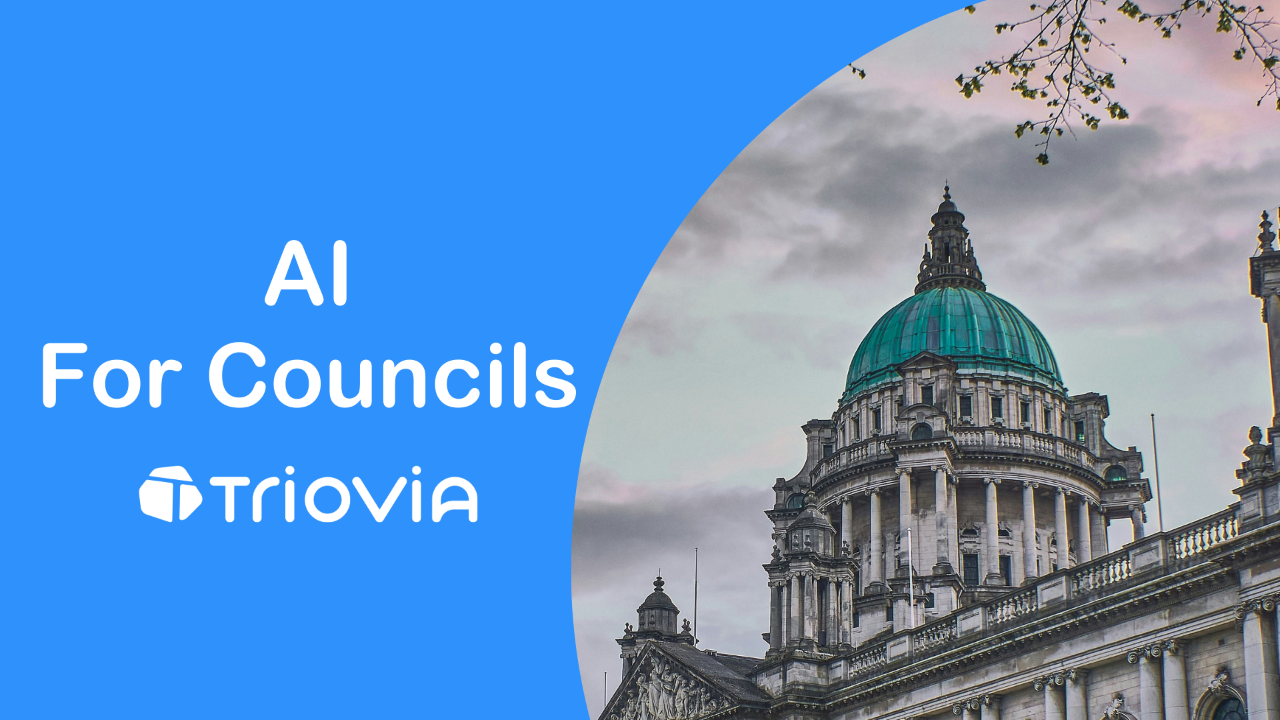What are Algorithms? A Guide for Local Council Staff
Mar 19, 2025
If you work in local government, you've likely encountered the term "algorithm" - especially as councils increasingly adopt digital tools to improve services. But what exactly is an algorithm, and how are they being used in your council's work?
Algorithms in Plain English
At their most basic, algorithms are simply step-by-step instructions for solving a problem or completing a task. Think of them as recipes - a set of rules followed in a specific order to achieve a consistent result.
Many council services already use algorithms. They help manage and sort data for determining:
- School admissions eligibility
- Social services assessment
- Housing benefit calculations
- Waste collection routing
These tools process data much faster than traditional manual methods, potentially saving your council time and resources.
Traditional vs. AI Algorithms
Traditional algorithms are hand-coded by humans with explicit instructions for each step. They follow the exact rules that programmers give them - nothing more, nothing less.
AI algorithms work differently. While initially coded by humans, they can:
- Process data independently to identify patterns
- Learn from new information
- Find relationships in data that might be missed by human analysis
The Council Context
Your council might be using both types. For example, a traditional algorithm might determine which residents qualify for council tax support based on fixed income thresholds. Meanwhile, an AI algorithm might analyze patterns in service usage to help predict future demand for adult social care.
Benefits and Limitations
The benefits for councils are significant:
- Processing large datasets quickly
- Identifying patterns that help with resource allocation
- Potentially more consistent application of policies
However, there are important limitations to consider:
- AI algorithms are only as good as their training data - incomplete or biased data leads to flawed outputs
- The "black box" problem - some AI algorithms can't easily explain how they reached a conclusion
- The need for human oversight to ensure fair outcomes
Moving Forward Responsibly
If your council is using or considering algorithmic tools, it's worth asking:
- Do we understand how our algorithms work?
- Are we ensuring the data feeding these systems is accurate and representative?
- Do we have processes to review algorithmic decisions?
Most importantly, remember that regardless of how sophisticated an algorithm is, accountability always rests with council staff and leadership - not with the technology itself.
The Insider
We hate SPAM. We will never sell your information, for any reason.


